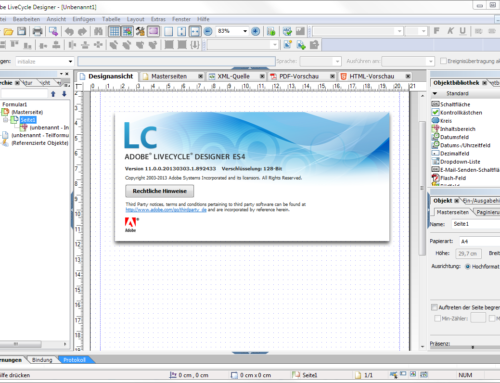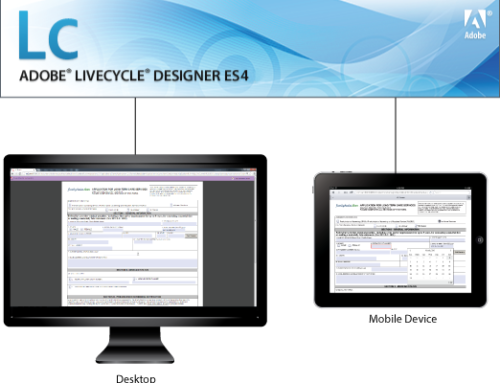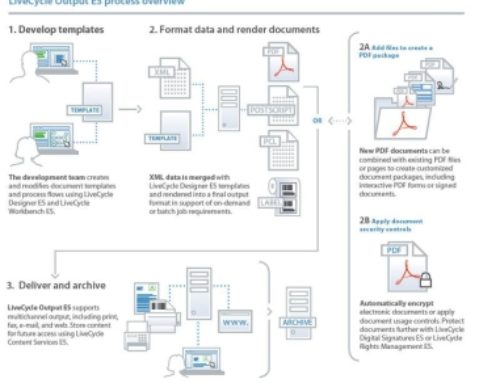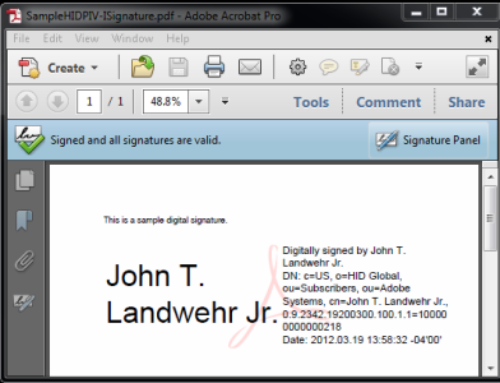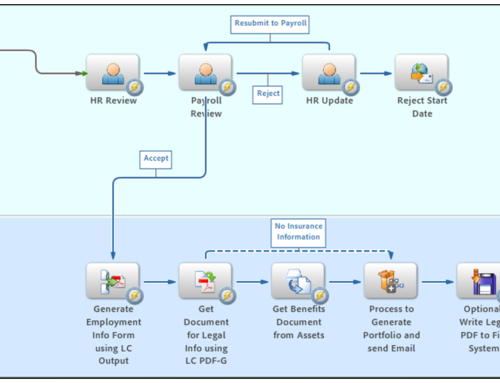Project Description
Adobe LiveCycle Process Management (ES2/ES3/ES4)
Course Description
Duration: 3 days
Training Methods:
Classroom Training
On-site at client’s facility anywhere
Virtual/Online Training
Related Courses
- Adobe LiveCycle Designer (AEM Forms Designer)
- Adobe LiveCycle Developer (ES2/ES3/ES4)
- Adobe LiveCycle Digital Rights Management (DRM)
- Adobe LiveCycle Digital Signature (ES2/ES3/ES4)
- Adobe LiveCycle Document Output (ES2/ES3/ES4)
- Adobe LiveCycle PDF and HTML5 Forms (ES2/ES3/ES4)
- Adobe LiveCycle Process Management (ES2/ES3/ES4)
- AEM Forms for AEM Developer
- AEM Forms for JEE Developer
- AEM Forms Workflow Developer
- AEM Sites Author (AEM 6.1)
- AEM Sites Developer (AEM 6.1)
- More…
Course Outline: Adobe LiveCycle Process Management
Prerequisites
Developing a LiveCycle ES4 Application workshop, or as a minimum skill set for this Specialist Workshop, you should be able to:
• Create a multi-step process in LiveCycle Workbench
• Configure an end point
• Test and troubleshoot in Workbench
• Invoke a process using the Task Manager Start point
Course Objectives
The learner will develop a human-centric process to the extent that:
• Workbench is used in a lab setting
• Advanced functionality of the AssignTask operation is implemented
• Advanced functionality of the Assign Multiple Tasks operation is implemented
• XML data is used and manipulated within the process
• Tasks are assigned dynamically to users
• Attachments functionality is implemented
• Task permissions are configured
• A subprocess is invoked
• Functionality is achieved as per lab requirements
Course Outline
• Using the Gateway Element
• Assigning Work to Multiple Users
• Handling Data
• Handling Task Information
• Configuring the Task Summary URL
• Controlling user task permissions
• Working with attachments
• Dynamically assigning tasks to users
• Participating in a Processes (web, mobile, email)
• Working with Events



